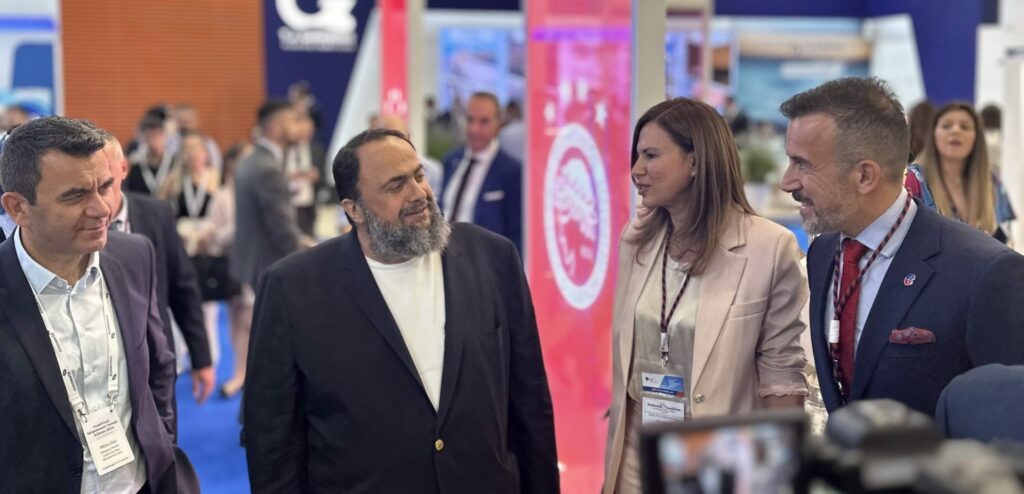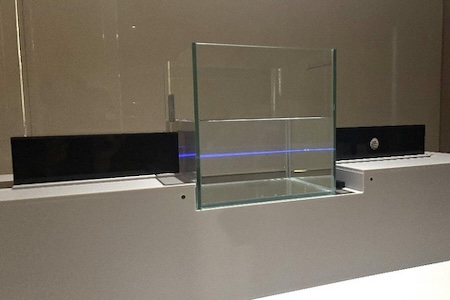
Discover World-Leading Technologies for Ocean Science
Discover cutting-edge solutions from leading global suppliers
Capital Gas, ERMA FIRST and Babcock have signed a Letter of Intent (LoI) to install CARBON FIT, a Carbon Capture and Storage (CCS) system, on board four new liquefied carbon dioxide (LCO2) carriers.
The ERMA FIRST CARBON FIT system holds Approval in Principle (AiP) from both Lloyd’s Register and DNV. It uses amine absorption technology based on a proprietary amine solvent to absorb CO2 from flue gases. The resultant mix is then heated to produce a chemical reaction that reverses the absorption, separating the CO2 from the solvent.
Subsequently, the released CO2 is liquefied using Babcock LGE’s ecoCO2® system and stored on board the ship in pressurised low-temperature storage for subsequent offloading. Since the regenerated solvent can be re-used, the process creates a highly efficient regenerative loop for CCS.
Due for delivery by South Korean shipbuilder Hyundai Mipo Dockyard in 2026, the 22,000 cbm LCO2 carriers will join the Capital Gas managed fleet as what will reportedly be the largest of their kind ever built.
Konstantinos Stampedakis, Co-Founder & Managing Director, ERMA FIRST Group, said; “Under normal conditions, CCS systems are expected to cut vessel CO2 emissions by 15% to 30%. At this specific project the CO2 capture rate will exceed 70%. This will play a significant role in helping Capital Gas to achieve its decarbonisation objectives but also to have the first almost carbon neutral vessels.”
Miltos Zisis, Managing Director, Capital Gas Ship Management Corp., commented; “As part of our ongoing efforts to minimize our impact on the environment, but also to actively contribute to a cleaner and more sustainable future, Capital Gas proudly became the world’s first ship manager to supervise the construction of LCO2 carriers.
“Now, we are taking a step further. Alongside our partners, we are developing advanced carbon capture technology to enhance the environmental sustainability of these ships.”
Neale Campbell, Managing Director, Babcock LGE, added; “The addition of onboard carbon capture to these first-of-a-kind vessels, in conjunction with our industry-defining ecoCO2® system, is a significant step towards achieving the shipping industry’s emissions reduction targets.
“The ecoCO2® design concept for handling both CO2 and LPG cargoes provides a flexible solution that can easily be upgraded to incorporate carbon capture and storage requirements.”
















